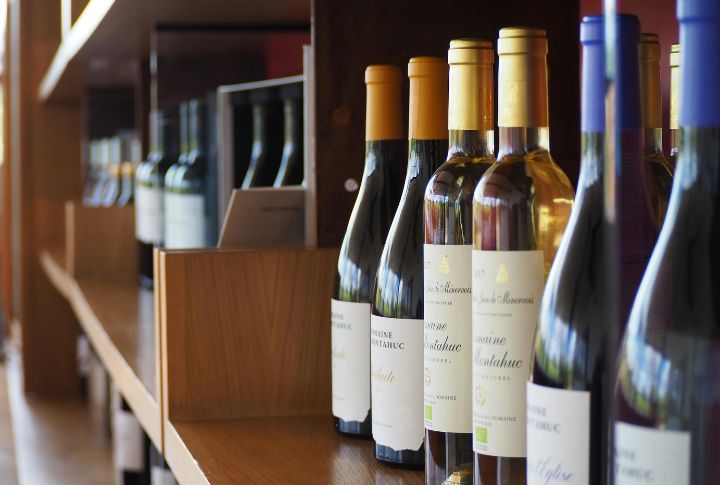
Think wine wisdom is all swanky cellars and secret codes? Not quite. Much of what you’ve heard is half-true, outdated, or just plain misunderstood. Pour a little curiosity, top it off with facts, and get ready—this list might uncork a few assumptions you didn’t know you had.
Wine Maturing Doesn’t Always Improve Quality
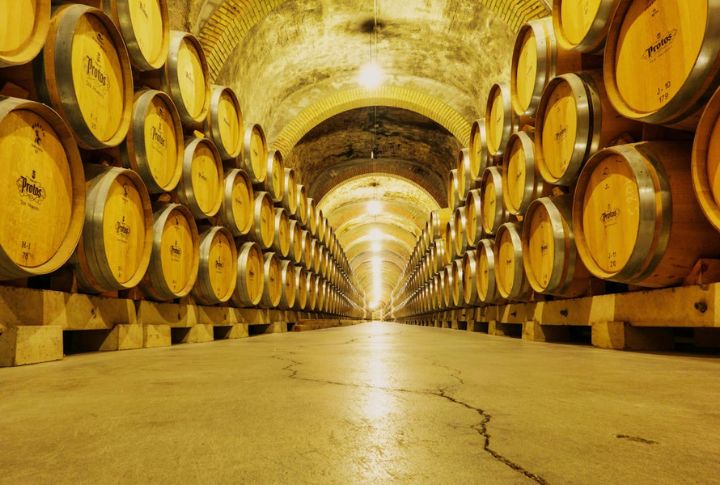
Wines like Bordeaux and Barolo can improve with age, developing complexity and deeper flavors. However, many lighter wines, especially whites, lose their vibrant characteristics if kept too long. Knowing when to drink a wine is key to enjoying it at its peak.
Red Wine Is Not Always Better For Your Health
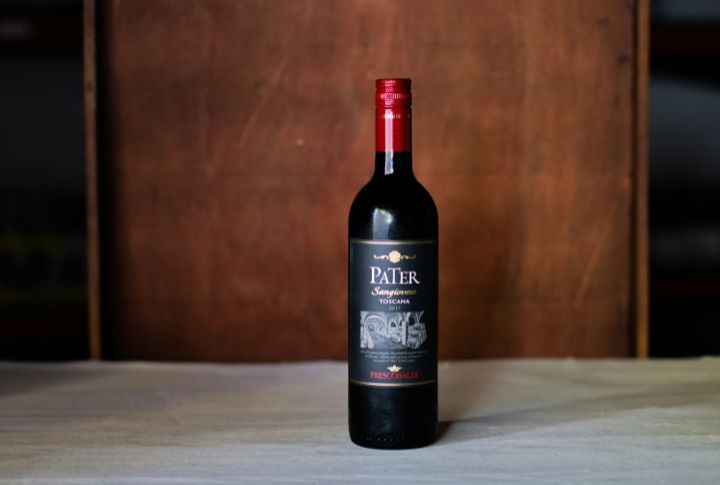
Moderation is key when consuming any wine. While red wine is praised for its antioxidants, white wines often have fewer calories and sugar. Both types offer heart health benefits, but one isn’t necessarily superior to the other when considering health advantages.
Screw Caps Don’t Mean Low Quality
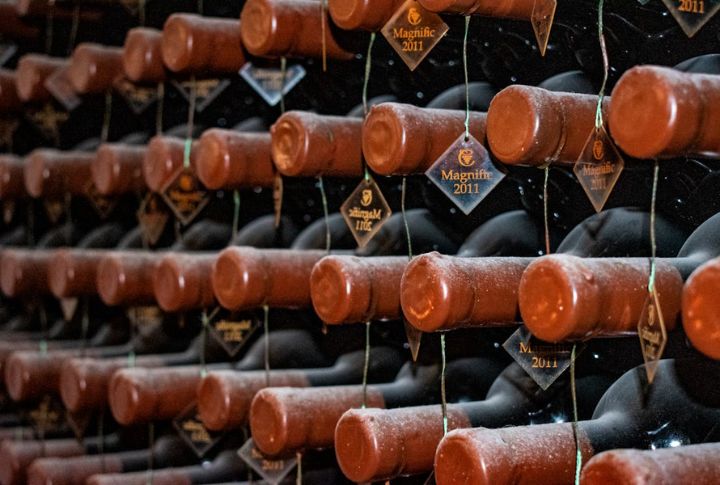
Screw caps are commonly used in high-quality wines, particularly from Australia and New Zealand, to ensure freshness and avoid cork taint. The closure method is primarily concerned with functionality and preservation rather than an indication of quality.
Wine Doesn’t Need To Be Served At Room Temperature
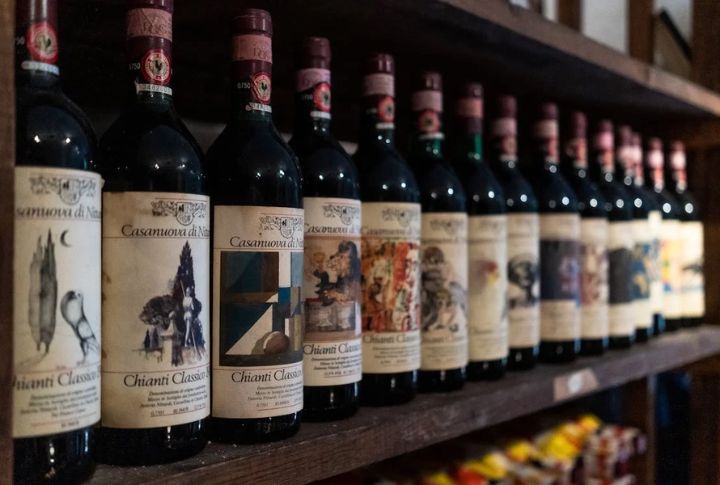
Drinking wine at the correct temperature can improve its flavors. Red wines, when slightly chilled, bring out the best aromas. White wines are served cold to retain their crispness. Forget room temperature because the proper chill allows wines to express their full potential.
Wine Pairing Is Not An Exact Science

Though guidelines exist, pairing wine and food is highly subjective. Experimenting with unexpected matches can lead to surprising discoveries. For instance, red wine can complement fish dishes, and whites can work with red meats—don’t let strict rules limit your pairing creativity.
Wine Doesn’t Need To Be Expensive To Be Good

Great wine isn’t reserved for luxury shelves. Brands like Underwood and Alamos deliver bold, satisfying flavors without the premium price. With so many quality options at accessible costs, finding your next favorite bottle doesn’t require a splurge—just a little curiosity.
White Wine Can Be Just As Complex As Red

Complexity isn’t related only to red wine. Whites like Chardonnay or Riesling evolve, developing rich, layered flavors. Their aging potential and depth of taste demonstrate that complexity can be found in all types of wine, regardless of color.
Wine Glasses Do Influence Flavor And Aroma

A poorly matched glass can flatten the aroma, dull the taste, and throw off the balance of a wine. For instance, narrow rims restrict oxygen, muting reds. Wide bowls, on the other hand, help fuller wines open up properly. Choosing the right glass isn’t snobbery—it’s science.
Sparkling Wines Aren’t Just For Special Occasions
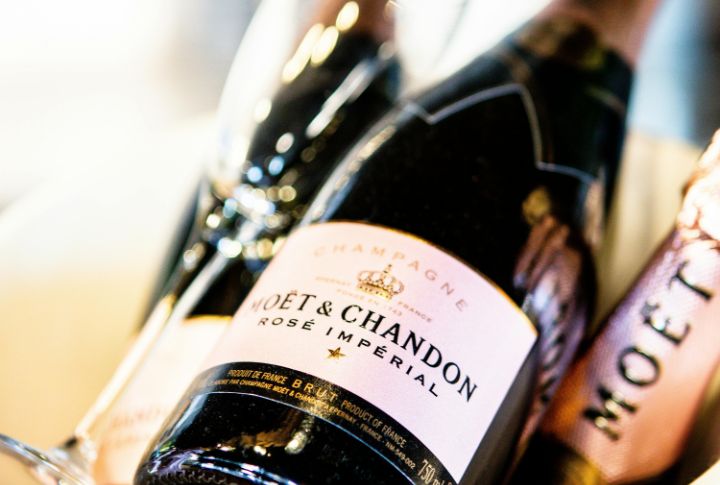
Sparkling wines like Prosecco pair well with a range of foods, from appetizers to fried dishes. Their refreshing acidity and effervescence make them perfect for everyday meals. Don’t reserve these wines for celebrations—enjoy them throughout the year.
Not All Red Wines Benefit From Decanting

Decanting is often thought to improve all red wines, but lighter reds like Pinot Noir do better without it. While full-bodied wines have high tannin levels that benefit from aeration, delicate reds can lose their vibrancy if left exposed to air for too long.
Leave a comment